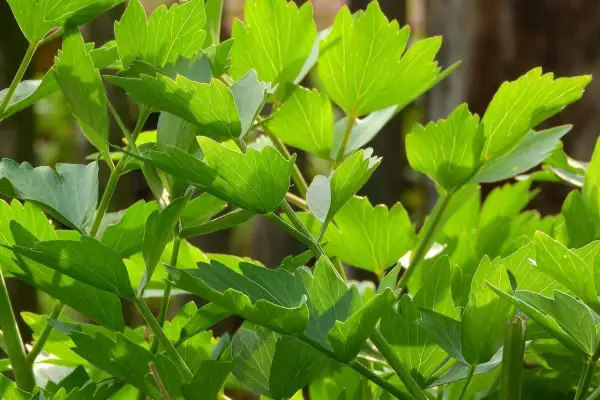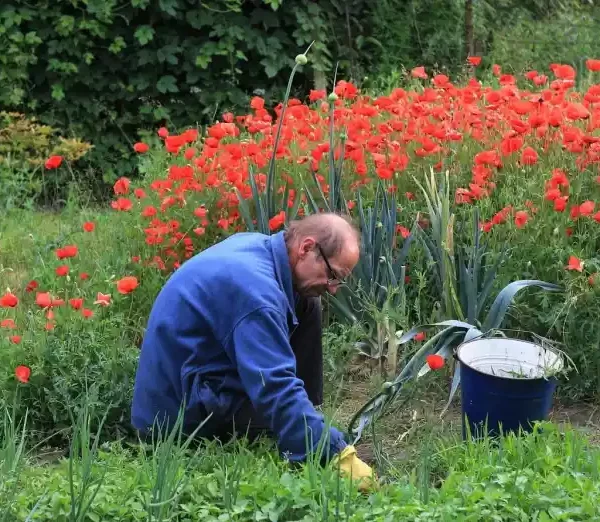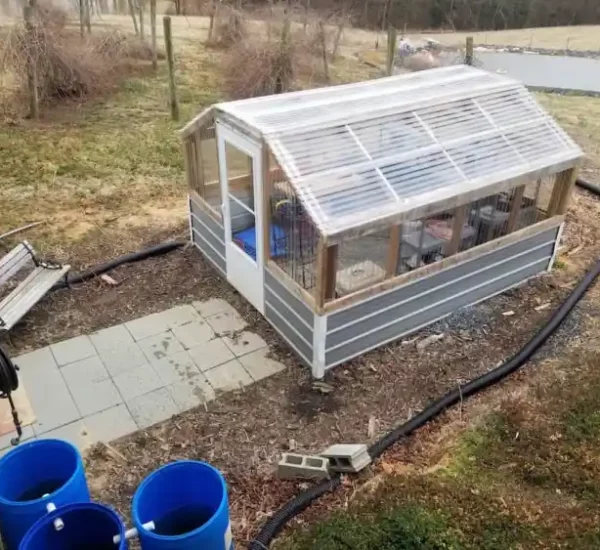Expert Guide Be Mindful of What You Grow
In the world of gardening and horticulture, being mindful of what you grow is essential for environmental sustainability, biodiversity conservation, and personal well-being. This expert guide offers insights and practical tips for selecting plants wisely, considering factors such as invasive species, native plants, and environmental impact.
Introduction
Choosing the right plants for your garden or landscape goes beyond aesthetics; it involves understanding the ecological implications of your choices. By being mindful of what you grow, you can contribute to the health of local ecosystems and create a sustainable environment for future generations.
Understanding Invasive Species
Invasive species are non-native plants that outcompete native species, disrupt ecosystems, and pose significant ecological and economic threats. Before introducing new plants to your garden, consult resources from governmental organizations such as the United States Department of Agriculture (USDA) or the National Invasive Species Information Center (NISIC) to identify potential invasives in your area.
Choosing Native Plants
Native plants are species that naturally occur in a specific region and have evolved alongside local wildlife. They offer numerous benefits, including habitat support for native wildlife, reduced water consumption, and enhanced ecosystem resilience. Referencing resources from horticultural bodies like the Lady Bird Johnson Wildflower Center or local botanical gardens can help you select suitable native plants for your garden.
Considering Environmental Impact
Beyond invasiveness and nativeness, consider the broader environmental impact of the plants you grow. Look for species that are drought-tolerant, disease-resistant, and low-maintenance to minimize water usage, pesticide use, and overall ecological footprint. Academic experts in environmental science or horticulture can provide valuable insights into sustainable gardening practices and plant selection criteria.
Practical Tips for Mindful Gardening
Research Before Planting
Take the time to research plants before adding them to your garden. Consult reputable sources such as university extension programs, botanical gardens, and governmental agencies for information on plant characteristics, growth habits, and ecological impact.
Plan for Diversity
Aim for a diverse plant palette that includes a variety of species, sizes, colors, and bloom times to support pollinators, beneficial insects, and other wildlife. Creating habitat diversity promotes ecological resilience and enhances the overall health of your garden ecosystem.
Practice Responsible Gardening
Adopt sustainable gardening practices such as composting, mulching, and natural pest control to minimize environmental impact and maintain soil health. Integrated Pest Management (IPM) techniques recommended by agricultural extension services can help you manage pests effectively while reducing reliance on synthetic chemicals.
Stay Informed and Educated
Stay updated on emerging issues, trends, and research in horticulture and environmental conservation. Attend workshops, seminars, and webinars hosted by governmental organizations, universities, and botanical institutions to expand your knowledge and skills as a mindful gardener.
Conclusion
Being mindful of what you grow is not only a responsibility but also an opportunity to make a positive impact on the environment and contribute to the beauty and biodiversity of your surroundings. By considering factors such as invasive species, native plants, and environmental impact, you can cultivate a garden that is both sustainable and rewarding for years to come.
Why is it important to be mindful of what you grow?
Being mindful of what you grow helps preserve biodiversity, protect native ecosystems, and minimize the spread of invasive species. It also promotes environmental sustainability and supports local wildlife.
What are invasive species, and why should I avoid planting them?
Invasive species are non-native plants that can outcompete native species, disrupt ecosystems, and harm biodiversity. Avoiding planting invasive species helps prevent ecological damage and maintain the balance of natural habitats.
How can I identify invasive species in my area?
You can identify invasive species by consulting resources from governmental organizations, botanical gardens, and horticultural societies. Look for species lists, identification guides, and online databases specific to your region.
What are the benefits of planting native plants?
Native plants are adapted to local environmental conditions and provide essential habitat and food sources for native wildlife. They require less water, fertilizer, and pesticides compared to non-native species, making them environmentally friendly choices for gardens and landscapes.
How do I choose the right native plants for my garden?
Consider factors such as soil type, sunlight exposure, and moisture levels when selecting native plants for your garden. Consult resources from local botanical gardens, native plant nurseries, and university extension programs for guidance on suitable species for your region.
What environmental factors should I consider when gardening?
When gardening, consider factors such as water conservation, soil health, and wildlife habitat. Choose plants that are well-adapted to your climate and soil conditions to minimize resource usage and maximize ecological benefits.
How can I create a diverse and resilient garden ecosystem?
Create a diverse garden ecosystem by incorporating a variety of plant species, including trees, shrubs, perennials, and annuals. Provide habitat features such as bird feeders, nesting boxes, and water sources to support a wide range of wildlife.
What are some sustainable gardening practices I can adopt?
Sustainable gardening practices include composting, mulching, water conservation, and natural pest control. Avoid using synthetic fertilizers and pesticides, and instead opt for organic and environmentally friendly alternatives.
How can I stay informed about gardening best practices and environmental issues?
Stay informed by attending workshops, seminars, and webinars hosted by governmental organizations, universities, and botanical institutions. Join local gardening clubs or online forums to connect with fellow gardeners and share knowledge and experiences.
What are some common challenges I may encounter when practicing mindful gardening?
Common challenges include managing invasive species, dealing with pests and diseases, and maintaining soil fertility and health. By staying informed, practicing responsible gardening techniques, and seeking guidance when needed, you can overcome these challenges and create a thriving, sustainable garden ecosystem.
- Explore THC Infused Drinks in New York - May 9, 2025
- The Latest in THC Seltzers Across Texas - May 9, 2025
- Top THC Infused Drinks Available in Oklahoma - May 9, 2025




